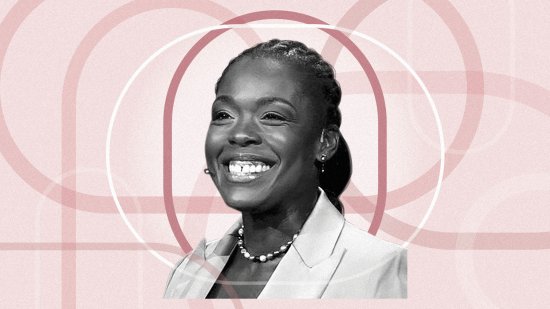
Nili Gilbert is helping firms around the world, including Meta, JetBlue, and JPMorgan Chase, manage their carbon emissions. It’s no small task as vice chair of Carbon Direct. Working with Microsoft, for example, the organization in July released new criteria for high-quality carbon dioxide removal. This will help ensure carbon credit buyers will be able to better evaluate their investments. Beyond her work at Carbon Direct, Gilbert serves as chair of the Glasgow Financial Alliance for Net Zero’s Advisory Panel of technical experts, and is a member of the Harvard Institute for Climate and Sustainability Advisory Board.
[time-brightcove not-tgx=”true”]What is the single most important action you think the public, or a specific company or government (other than your own), needs to take in the next year to advance the climate agenda?
As many institutions move deeper into the implementation phase of their climate commitments, the single most important action that institutions can take in the next year is to organize their climate strategies for growth and competitiveness.
To win the climate race, we have to move at an exponential pace—just like climate change itself. This requires small gains to compound over time. Success will require continued execution on the low-hanging fruit while also planting the seeds needed to reach long-term climate goals, which requires making tactical investments in innovation for the future.
One good example of low-hanging fruit is procuring renewable energy for today’s power needs while focusing on process efficiencies to reduce energy intensity. Such steps can also reduce costs. At the same time, companies and investors must get started on the next leg of the race. Companies are making moves in product development, supply chain innovation, and growing new businesses that provide climate solutions. Those who start today will unlock first-mover advantages as they gain market share and brand recognition as climate leaders and key partners, while at the same time building internal knowledge and capabilities that will be required for the future.
Where should climate activism go in the next year?
As we advance along our decarbonization pathways, we must increase our focus on “going where the emissions are” by moving into higher emitting parts of the economy that make up a significant share of the challenge. The problem is that heavy industry and heavy transport are hard to decarbonize. The solution demands scaling up innovative technologies and new financing strategies—and therefore greater collaboration.
To effectively and rapidly address the climate challenge, business leaders, financiers, scientific and technical experts, policymakers, and community leaders will increasingly need to work in partnership to make progress. Intellectual diversity and focused multi-sector action will help all of our institutions accelerate efforts and find greater success in doing so.
If you could stand up and talk to world leaders at the next U.N. climate conference, what would you say?
While we are making progress on fighting climate change, we must increase pressure and ambition to keep our goals in sight. The private sector has made a great number of voluntary commitments to net zero, but for private sector action to continue to advance, we now need to see governments take up the mantle to drive price competitiveness between low-carbon solutions and high-emission incumbents.